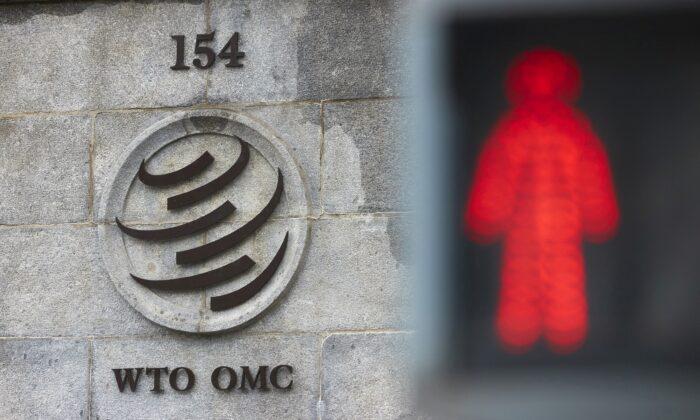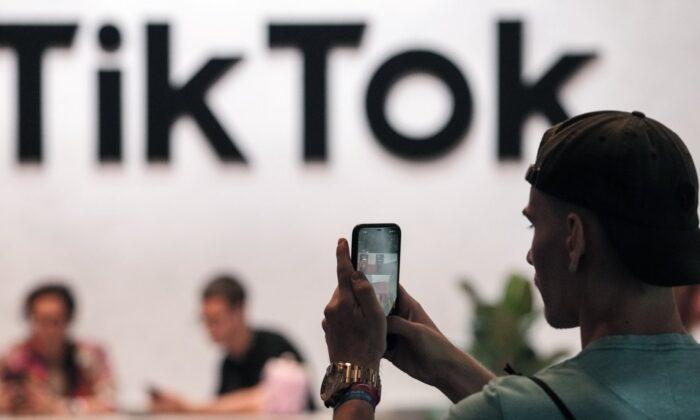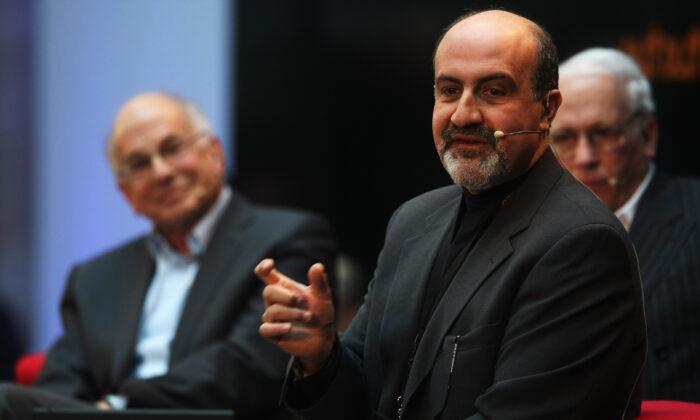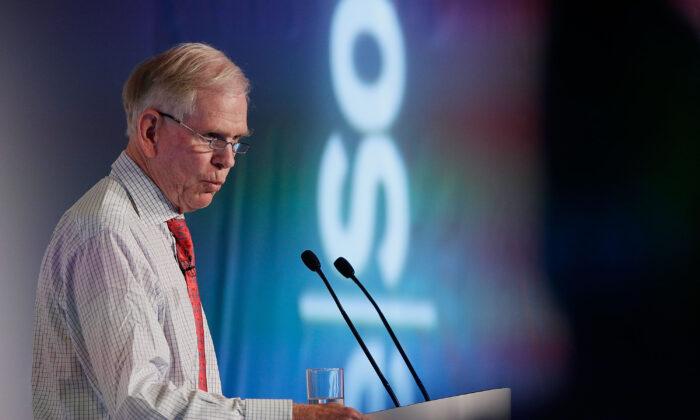On Tuesday, the WTO issued a press release revising its predictions for global trade in 2022. Whereas the organization previously forecasted 4.7 percent growth in trade, the new figures call for mere 3 percent growth. The group also predicted 3.4 percent growth in trade for 2023.
The WTO also predicted that world GDP would expand by 2.8 percent this year, down from the previous forecast for 4.1 percent growth. In 2023, global GDP growth is projected to reach 3.2 percent, similar to the annual average for the previous decade.
The WTO notes that these figures are highly variable and prone to change, as the situation remains fluid.
Russia maintains the world’s eleventh-largest economy, with a national GDP less than one-tenth that of the United States. However, many of Russia’s exports consist of essential resources: fuels such as natural gas and petroleum, fertilizers such as potash, and food staples such as wheat and corn.
“Despite their small shares in world trade and output, Russia and Ukraine are key suppliers of essential goods including food, energy, and fertilizers, supplies of which are now threatened by the war,” says the WTO report, noting that the cessation of grain shipments through Black Sea ports could have “dire consequences” for food security in the developing world.
The WTO’s analysis was echoed by Sankar Sharma, a market technician and founder of RiskRewardReturn.com.
“To understand the impact, we need to classify the world into two parties. The commodity supplier and the commodity consumer,” Sharma told The Epoch Times. "From the trade perspective, countries who consume are going to pay the price and the commodity suppliers gain the price.
“It is fairly clear to conclude that the Russia-Ukraine conflict created demand and supply imbalance globally and this is triggering contingency, risk mitigation plans around the globe,” Sharma continued. “It is important to note the impact of oil already on Sri Lanka. This imbalance already shows the impact on Sri Lanka and Egypt’s currencies. Countries that produce commodities will have an upper hand when we compare to those that consume.”
While the lion’s share of the blame is assigned to this ongoing Eastern European military conflict, the report also notes additional factors that contribute to these reduced predictions. In particular, the WTO singles out the lockdowns imposed by communist China in response to a new wave of the CCP virus in Shanghai and other Chinese cities.
“Lockdowns in China to prevent the spread of COVID-19 are again disrupting seaborne trade at a time when supply chain pressures appeared to be easing,” the WTO said. “This could lead to renewed shortages of manufacturing inputs and higher inflation.”
While the early 2020s have seen a general economic slump compared to the average trade and GDP growth figures from the 2010s, figures from this decade are still significantly higher than the WTO’s most catastrophic predictions for the economic consequences of the CCP virus. In 2020, global merchandise trade fell by 5 percent—far less than the WTO’s worst-case projection of a 32 percent decline.





